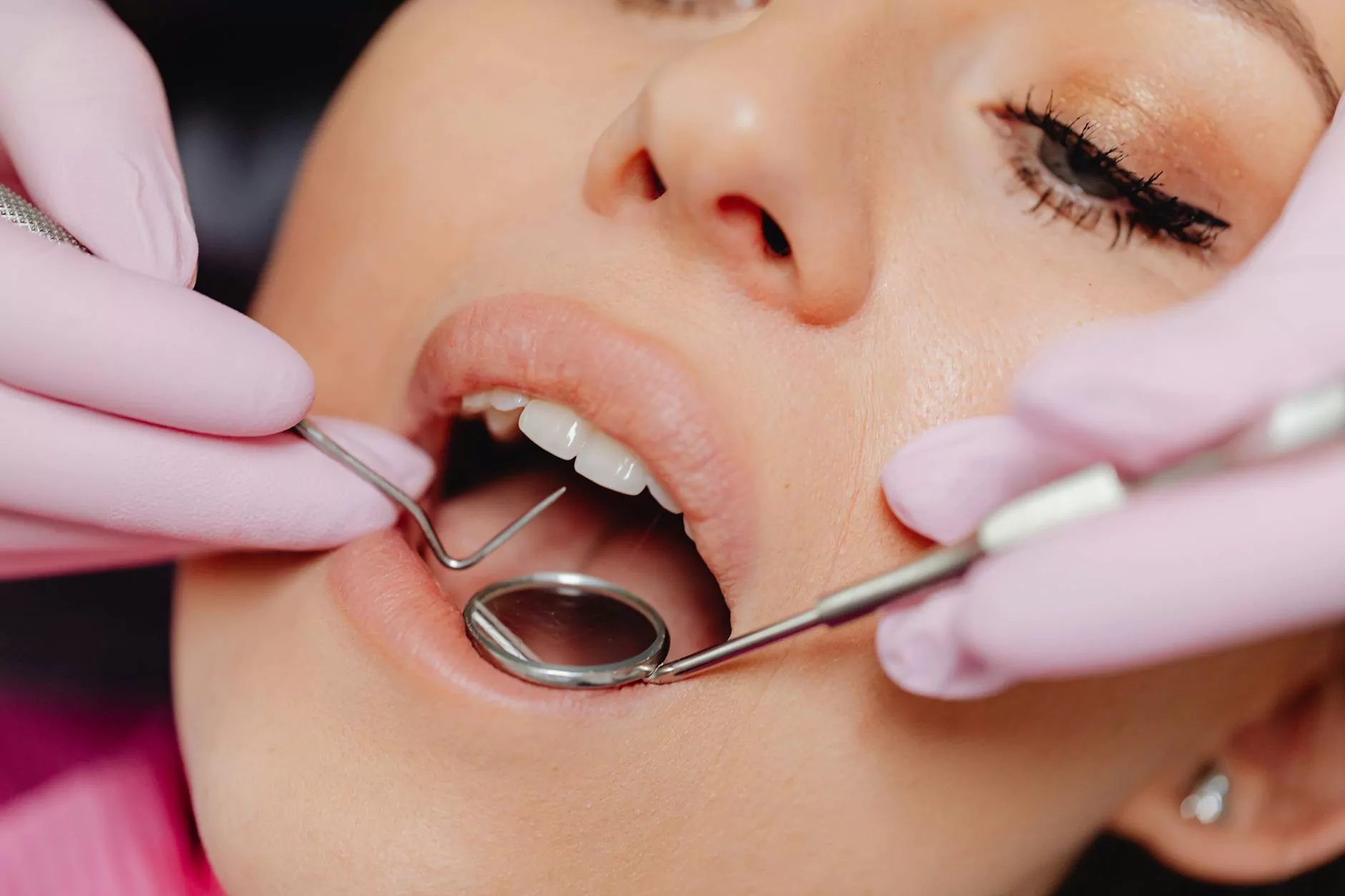Understanding the Hysteroscopy Procedure: A Comprehensive Guide

The hysteroscopy procedure is a vital diagnostic and therapeutic tool used in obstetrics and gynecology. It allows physicians to examine the interior of the uterus, providing invaluable insight into various gynecological conditions. This article will explore the details of the hysteroscopy procedure, including its indications, techniques, benefits, recovery, and the role it plays in women's health. Our aim is to empower you with knowledge and clarity regarding this significant medical intervention.
What is a Hysteroscopy?
Hysteroscopy is a minimally invasive endoscopic procedure that involves inserting a thin, lighted telescope called a hysteroscope through the vagina and cervix into the uterus. This procedure is performed in a hospital or outpatient setting, typically under local anesthesia, although general anesthesia may be required in certain cases. The hysteroscope is equipped with a camera, which allows the doctor to visualize the uterine lining on a monitor.
Indications for the Hysteroscopy Procedure
The hysteroscopy procedure is indicated for various gynecological concerns, including:
- Abnormal Uterine Bleeding: This includes heavy periods, bleeding between periods, or bleeding after menopause.
- Uterine Fibroids: These benign tumors can cause discomfort and heavy bleeding.
- Uterine Polyps: These are growths on the lining of the uterus that can lead to irregular bleeding.
- Infertility Evaluation: Hysteroscopy can help identify anatomical issues affecting fertility.
- Septate Uterus: A condition where the uterus is divided by a fibrous septum, which can affect pregnancy.
- Removal of IUDs: Some IUDs may migrate and require hysteroscopic removal.
Types of Hysteroscopy Procedures
There are two main types of hysteroscopy: diagnostic and operative.
Diagnostic Hysteroscopy
In a diagnostic hysteroscopy, the procedure is performed to examine the uterine cavity and diagnose issues. This is a straightforward procedure that typically lasts about 30 minutes. It does not involve any surgical intervention.
Operative Hysteroscopy
Operative hysteroscopy involves both diagnosis and treatment. In this case, the physician may use specialized instruments to remove polyps, fibroids, or abnormal tissues during the hysteroscopy. This can lead to immediate relief of symptoms without the need for multiple surgeries.
The Hysteroscopy Procedure: Step-by-Step
The process of undergoing a hysteroscopy procedure involves several important steps:
Preparation
Prior to the procedure, the patient will undergo a thorough evaluation, which may include a physical exam, blood tests, and imaging studies. It's essential to discuss any medications, allergies, and medical history with the physician to ensure safety during the procedure.
During the Procedure
The procedure typically follows these steps:
- The patient may be given medication to relax and reduce discomfort.
- A speculum is inserted into the vagina to access the cervix.
- The cervix is dilated if necessary, and the hysteroscope is gently inserted into the uterus.
- Saline solution is infused to expand the uterus for better visualization.
- The doctor examines the interior of the uterus and may take biopsies or perform necessary surgical interventions.
Post-Procedure Care
Following the hysteroscopy procedure, patients are usually monitored for a short period before being discharged. It is common to experience some cramping and light bleeding. Patients are advised to:
- Rest for the remainder of the day.
- Avoid sexual intercourse for a few days.
- Follow up with their doctor for evaluation and further recommendations.
Benefits of Hysteroscopy
The hysteroscopy procedure offers numerous benefits, making it an essential tool in gynecological practice:
- Minimally Invasive: Hysteroscopy avoids large incisions, leading to reduced recovery time.
- Immediate Diagnosis and Treatment: Conditions can be diagnosed and treated in a single visit, which may reduce the need for further procedures.
- Enhanced Visualization: The direct view of the uterine cavity allows for accurate diagnosis and effective treatment.
- Improved Outcomes: For many women, hysteroscopy significantly improves symptoms related to uterine abnormalities.
- Shorter Recovery Time: Most women return to normal activities within a few days.
Risks and Considerations
While the hysteroscopy procedure is considered safe and effective, it is essential to be aware of potential risks, including:
- Infection: Any procedure that involves instruments and manipulation of tissues carries a risk of infection.
- Uterine Perforation: In rare cases, the hysteroscope may create a hole in the uterus.
- Adverse Reactions to Anesthesia: As with any procedure requiring anesthesia, there are risks involved.
Recovery After Hysteroscopy: What to Expect
Understanding the recovery process after the hysteroscopy procedure is crucial for a smooth healing experience:
What to Expect
Post-procedure, it is normal to experience:
- Light Bleeding: This can last a few days.
- Cramping: Mild to moderate cramping is common and can be managed with over-the-counter pain relief.
- Changes in Menstrual Cycle: It is possible for the first few menstrual cycles following the procedure to be irregular.
When to Contact a Doctor
Monitoring for complications is vital, and patients should contact their healthcare provider if they experience:
- Heavy bleeding that soaks through a pad in an hour.
- Severe abdominal pain.
- Fever or chills.
- Foul-smelling discharge.
Conclusion: The Importance of Hysteroscopy in Women’s Health
The hysteroscopy procedure is a pivotal aspect of modern gynecological care, offering women timely diagnoses and effective treatments for various conditions affecting their reproductive health. By understanding this vital procedure, women can confidently engage in discussions with their healthcare providers and make informed decisions about their health.
For more detailed information on hysteroscopy and other gynecological services, visit drseckin.com. Empower yourself with knowledge and take charge of your health today!









